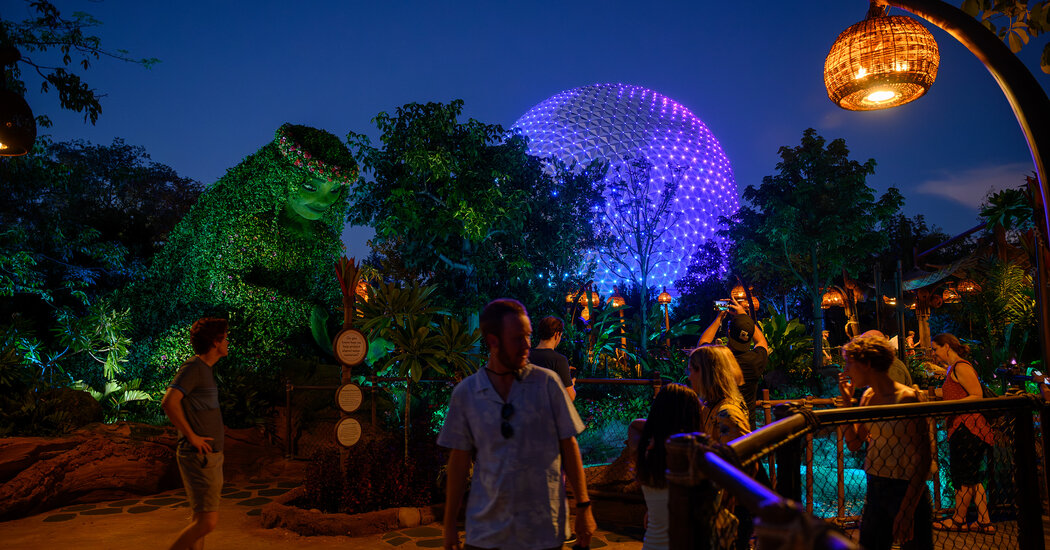Disney’s theme parks will generate an estimated $10 billion in profit this year, up from $2.2 billion a decade ago. Not bad for a 68-year-old business, especially considering the devastation wrought by the pandemic just a couple of years ago.
But how much boom is left?
Last month, when Robert A. Iger, Disney’s chief executive officer, singled out the parks division as “a key growth engine” on an earnings-related conference call, Wall Street furrowed its brow. Disneyland in Anaheim, Calif., has long been viewed as maxed out, with little room to expand. Walt Disney World near Orlando, Fla., has become a question mark, given that Mr. Iger has said the company’s legal battle with Florida’s governor, Ron DeSantis, could imperil $17 billion in planned expansion at the resort over the next decade. Disney’s overseas parks — aside from Tokyo Disney Resort, which it receives royalties from but does not own — have sometimes struggled to turn a profit.
On Tuesday, Disney offered a clearer picture of the opportunity it sees, which can only be described as colossal: The company disclosed in a security filing that it planned to spend roughly $60 billion over the next decade to expand its domestic and international parks and to continue building Disney Cruise Line. That amount is double what Disney spent on parks and the cruise line over the past decade, which was itself a period of greatly increased investment.
In the past decade, Disney has opened the Shanghai Disney Resort, more than doubled its cruise line capacity and added rides based on intellectual properties like “Star Wars,” “Guardians of the Galaxy,” “Tron,” Spider-Man, “Avatar” and “Toy Story” to its domestic parks. Disney has also poured money into its Paris and Hong Kong parks, with themed expansions tied to “Frozen” and other Disney films scheduled to open soon. Three more ocean liners are on the way, bringing the Disney fleet to eight ships, and Disney is nearing completion of a new port on a Bahamian island. (Disney already has one private island port.)
If that is what $30 billion can buy, imagine what $60 billion might bring.
“There are far fewer limits to our parks business than people think,” Mr. Iger said in an email.
“The growth trajectory is very compelling if we do nothing beyond what we have already committed,” he continued, referring to attractions and ships that have been announced but are not yet operational. “By dramatically increasing our…
Click Here to Read the Full Original Article at NYT > Travel…
